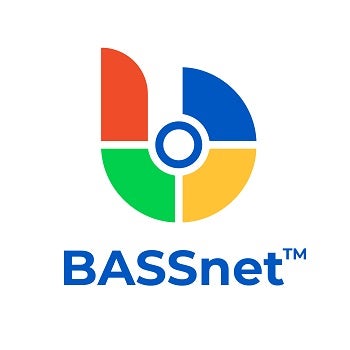
The benefits of archiving data have been well documented. Among the most frequently mentioned is a smaller database size, which leads to faster backups, better overall performance, reduced server resources and a faster response time.
However, maintaining a proper archive of your data can be a surprisingly complex process. There are more factors to consider than just the time stamp when it comes to archiving and purging of data to optimise your database. As such, it is important to consider the following attributes when looking for the right software to manage your data archiving.
Data Integrity
The first and most important rule of a good data archiving software is the assurance that the accuracy and consistency of data are retained after it has been archived. This involves making sure that all archived data are a true copy of the original and should also preserve the integrity of existing links between data (for example, calculations that involve pulling data from somewhere else), which can be crucial for maintaining interdependencies of data between modules.
The risk of data loss or data corruption as it is being migrated to an archival storage should be minimised or removed completely as the consequences can be disastrous.
Control
The process of archiving and purging can be daunting if you don’t feel in control of the ‘how’, ‘when’ and ‘where’. Hence it is important for an archiving software to provide a multitude of configuration options that define, among others, the retention period, archive and log file locations, access rights, data backups, etc.
The rules governing the process (for instance which data to archive) should either be customisable or, in certain cases where the rules are fixed (as is common among archival systems that cater exclusively to their own software), be made clear to consumers before they begin the archiving process. This is essential for users to feel secure that not only is the right data being archived/purged, but that it is done in a way that suits their IT data policies and complies with statutory requirements.
Deduplication
Most modern archiving solutions allow for deduplication, which is the process of preventing and eliminating duplicates or copies of the same data in the archive, thus creating an optimised archival storage space. An archival system should be able to identify and replace any duplicates with a single reference to the stored data.
As data can be duplicated many times across an organisation, duplicate data can take up a lot of space if not removed and your company may incur extra cost if you have to purchase additional storage for your archive. Reducing the data to transmit will also save time as it increases the backup speed.
Reporting
Reporting features are often overlooked when it comes to software in general. In addition to the main functions (in this case, archiving and purging), being able to generate a variety of logs and reports on-the-fly is equally important for bookkeeping and auditing purposes. The best data archiving solutions should allow users to automate this process and send specific logs or reports to the person-in-charge whenever data is archived or purged, or on a scheduled basis.
Accessibility
Even though archived information is usually no longer in use, it has to always be readily accessible for when you do need it, either for recovery or discovery (i.e. to find relevant historical data/precedents). With certain archiving services, it can take a long time to access your data in exchange for a low cost, but is it really worth it?
Similarly, once you access your archives, you need to be able to search for the desired data efficiently. Sifting through years of data may take a while if the search engine in the system does not include the proper filters.
Conclusion
20 years ago, businesses and organisations around the world embarked on the mammoth task of digitalisation by transitioning from pen-and-paper to the computer. A report by the International Data Corporation (IDC) on ‘Big Data’ suggests that the global data volume has grown exponentially from 4.4 zettabytes (ZB) to 44ZB between 2013 and 2020, and predicts that there will be up to 163ZB of data by 2025.
“Now that most companies have come far in the process of digitising information, our focus should turn to managing it,” urged Martin Bjornebye, vice-president of Research and Development at BASS Software. “The rapid growth in data volume, if left unchecked, will place a heavy burden on systems and affect the performance and ability to execute daily operations. Archiving of data is therefore essential to any software that accumulates data over time.”
BASSnet Data Archiving is BASS’ solution to achieve a lean and optimised BASSnet database. It is designed with all the above features in mind, and more, and currently supports the BASSnet Maintenance, Procurement and HSEQ modules at the office site, with more to come soon.
Fill out the enquiry form at the top of the page for more information.

